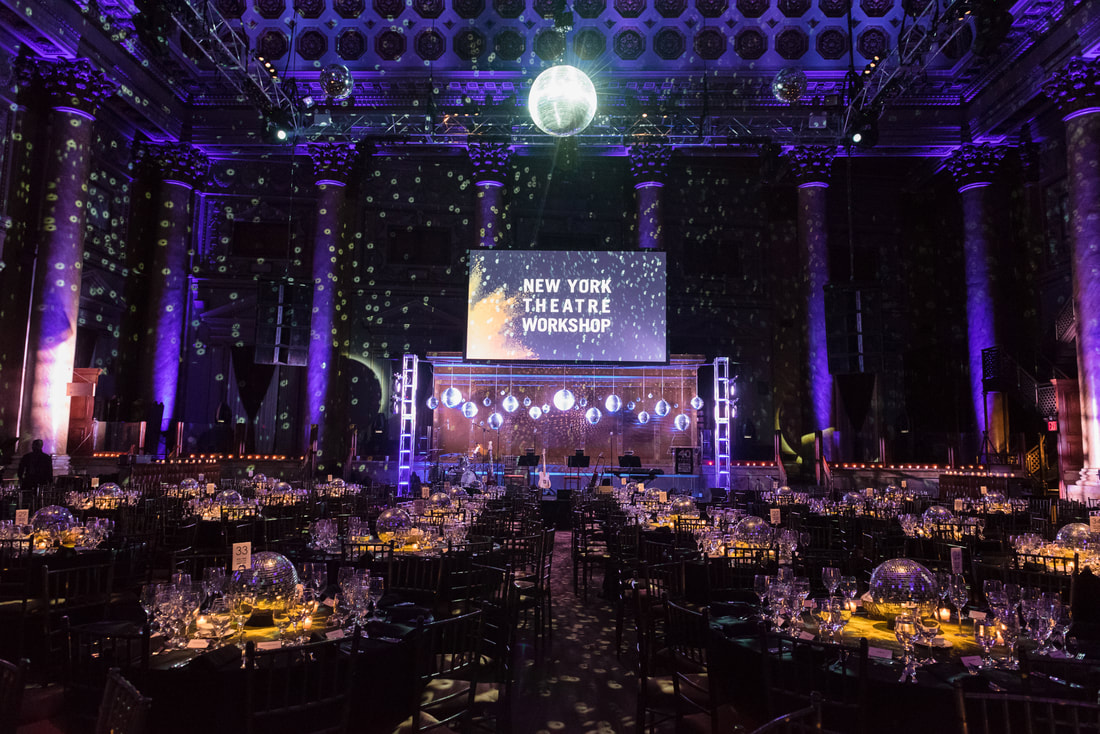Mastering the Craft of Flawless Video Projection on Arched LED Screens for Stunning Visual Audience Experiences
Mastering the Craft of Flawless Video Projection on Arched LED Screens for Stunning Visual Audience Experiences
Blog Article
Film projection is an exciting technique that allows images and videos to be displayed onto surfaces, creating breathtaking aesthetic encounters. When it comes to rounded surfaces, mastering this art can be a bit more challenging than casting onto flat surfaces. Rounded surfaces can include various elements from the facades of structures to art pieces and even stages. Understanding how to efficiently project videos onto these shapes is crucial for creators, design professionals, and event organizers who want to develop immersive settings that enthrall audiences.
The first step in footage mapping on rounded surfaces is to understand the shape of the area. Curved surfaces can be complex, with different degrees of bend. To attain a seamless projection, it is important to create a 3D representation of the surface. This representation helps in visualizing how the video will appear when cast. Applications tools are accessible that allow users to develop these representations and mimic the display. By precisely aligning the dimensions and contours of the surface, creators can guarantee that the video matches perfectly without warping.
Once the 3D model is ready, the next step is to prepare the footage material. This includes editing the over at this website video to suit the particular form and dimensions of the curved surface. It is essential to take into account the perspectives and viewpoints from which the audience will view the display. The material should be designed to improve the visual experience, making it engaging and pertinent to the concept of the occasion or setup. Using premium graphics and motion graphics can greatly improve the overall impact of the projection.
After preparing the content, the actual display process begins. This includes placing up the projectors at the correct positions and spaces to ensure that the footage aligns with the 3D representation. Adjustment is a crucial part of this procedure. It may require modifying the luminosity, contrast, and focus of the devices to obtain the best outcomes. Additionally, using several projectors may be required to encompass bigger or more intricate areas. This technique, known as seamless projection, helps form a seamless image across the entire surface.
Finally, testing the display is crucial before the final show. This enables creators to make any required modifications to the footage and device settings. It is also an chance to see how the viewers will experience the display from various viewpoints. By confirming that the video projection is perfect, creators can provide a stunning visual encounter that creates a memorable impact. Perfecting video projection on curved areas not only improves artistic output but also opens up new possibilities for storytelling and viewer engagement in multiple environments.